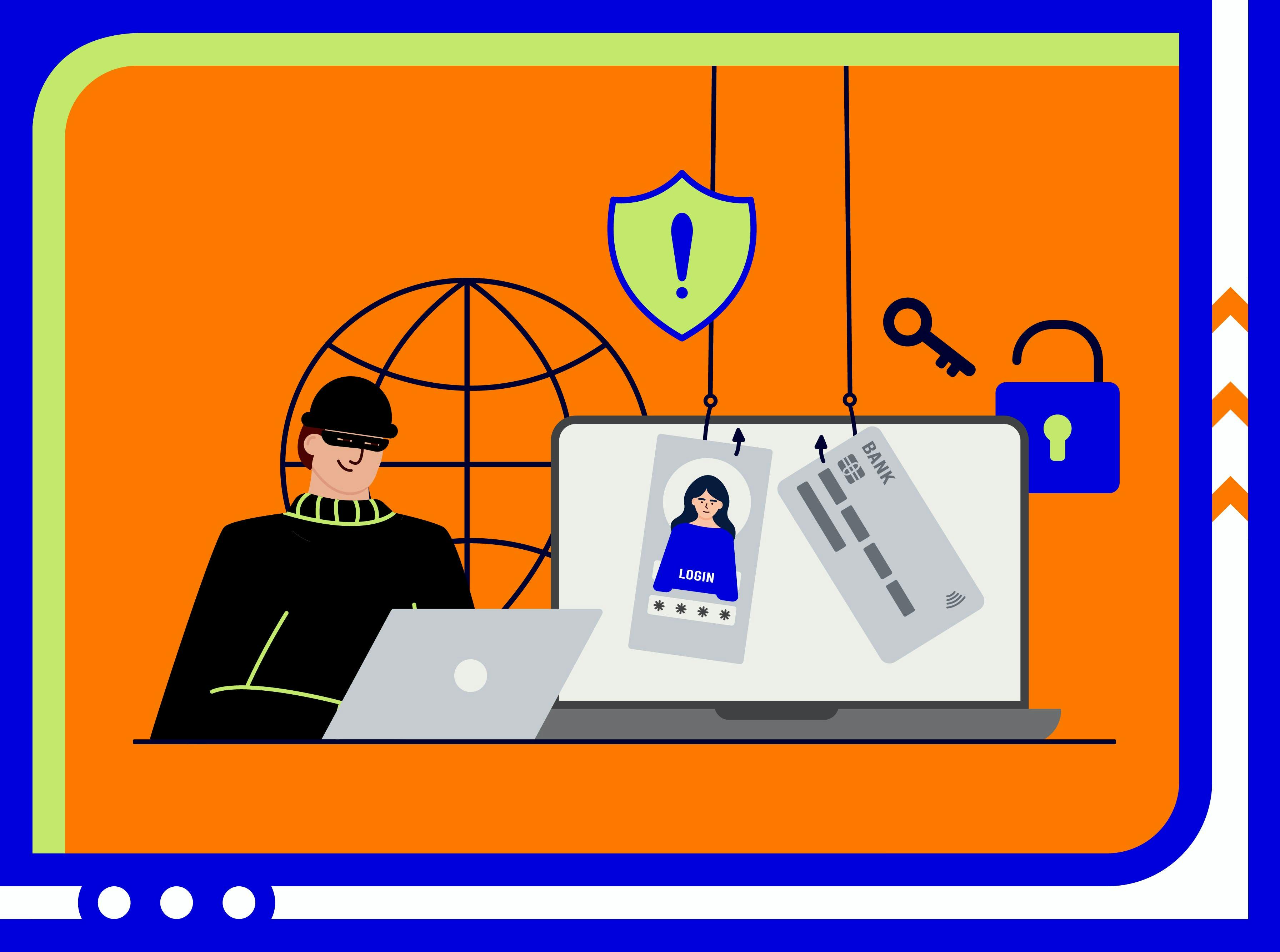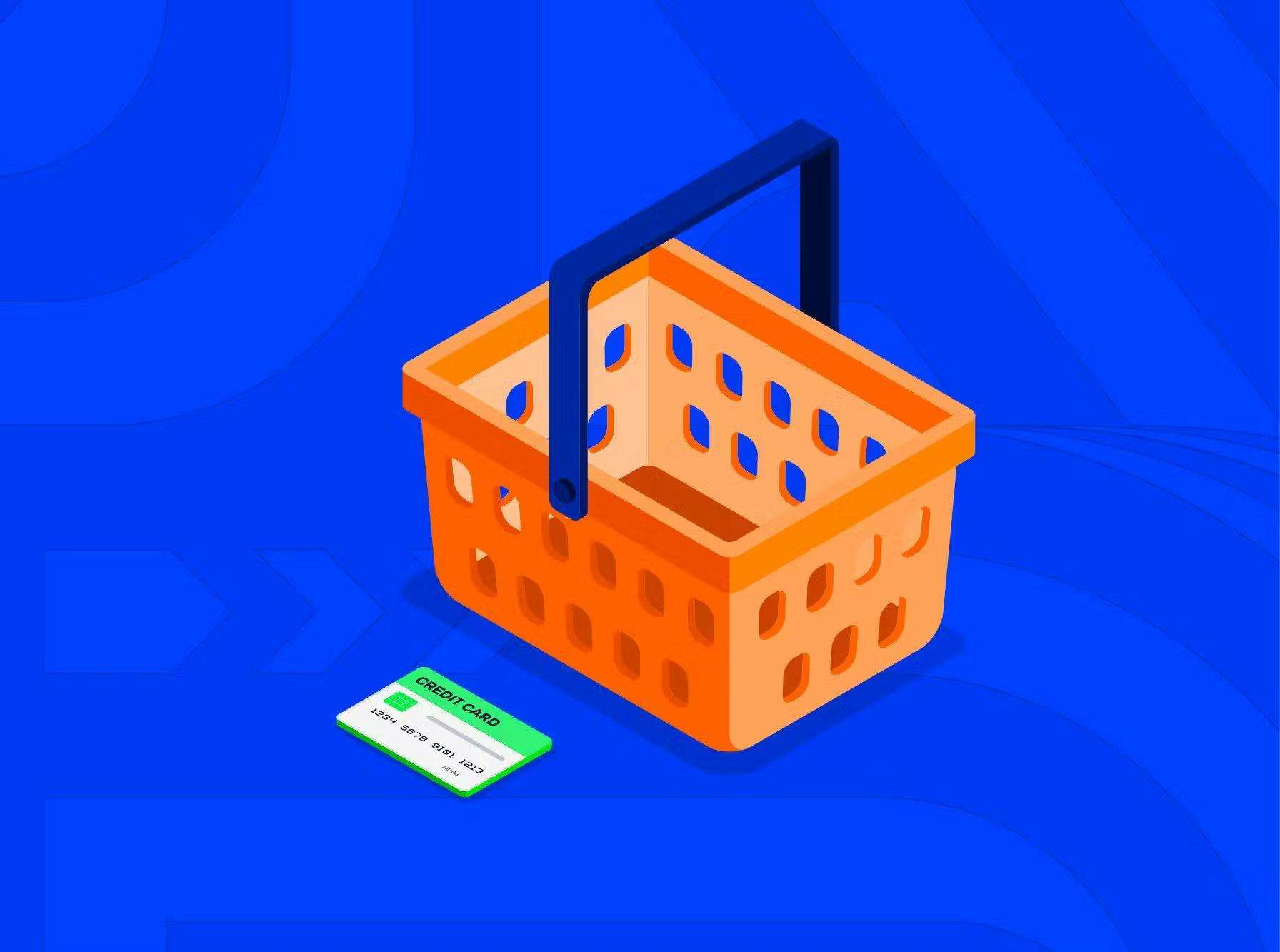Ecommerce fraud is like mould growing on food and destroying it from the inside. Even if it's small and doesn't affect your business that much, you should prevent it from growing and ruining your brand. Don't worry! You don't need to reinvent the wheel here. Just take a look at the following strategies and apply them to your ecommerce project.
Use Hypertext Transfer Protocol Secure (HTTPS)
If you still don't use an HTTPS connection, then what are you waiting for? It's a protocol used to transfer encrypted data over a secure connection. That means that the customer's sensitive information such as an address, name, card number, CVV and other details will be protected from hackers and cybercriminals.
First and foremost, you should obtain an SSL certificate to make use of HTTPS. That's a crucial thing to consider when starting an ecommerce website.
Leverage the 3D Secure power

3D Secure or 3DS is a go-to solution for merchants who want to prevent unauthorised transactions. As a retailer, you'd better leverage this type of authentication to deal with genuine cardholders only.
This technology provides you with some sort of guarantee that a user confirms the transactions. At the checkout stage, a buyer receives an SMS with a verification code. He or she must enter that code, or the payment will automatically be declined.
Don't store sensitive clients' information
If you store customers' credit card information on a regular basis, you should be double careful as it's easy prey for cybercriminals. Actually, consider saying 'no' to storing sensitive data and use tokenisation instead.
Tokenisation is when the user's private details are changed to random characters, numbers and letters. That process takes place right at the checkout stage when a client enters their data. That means you don't store actual information but some meaningless characters, also called tokens, that don't make any sense for criminals.
As a merchant, you cannot start using tokenisation just because you want to. What you can do is start working with a reliable payment provider that offers tokenisation by default. For instance, Tranzzo does that. You can accept online payments with Tranzzo and bid farewell to fraud attacks as we convert all sensitive data to tokens.
Use fraud detection solutions to your advantage
You can bend over backwards to protect yourself and your business from cybercriminals. Still, you can't keep an eye on anything and everything, especially if you have no time and resources to take care of every transaction. Basically, a fraud detection solution is a third-party solution aimed to fight off cyberattacks. When cooperating with a reliable provider, you can steer clear of friendly fraud, card testing fraud and other crimes.
If you wonder where to find the right fraud detection solutions, here is what we've got for you. Tranzzo offers cloud-based anti-fraud software as a Saas solution. It includes:
- simple integration via API
- 24/7 support
- high conversion rate
- three-level anti-fraud system
- live-monitoring
- regular updates of fraud schemes database
- 3D Secure
- PCI DSS certification (must-have standards for merchants)
You don't need to worry about transaction security at all. It's on us. Tranzzo charges 3 cents per successful transaction, providing everything you need to prevent ecommerce fraud.
Find out more about Tranzzo anti-fraud solution by following this link – https://tranzzo.com/antifraud-system




 Most Popular Payment Methods in the World: Analysis by Markets
Most Popular Payment Methods in the World: Analysis by Markets How to Increase Conversions in an Online Store with a Checkout Page
How to Increase Conversions in an Online Store with a Checkout Page How Tranzzo Simplified the Payment Process for Tickets.ua
How Tranzzo Simplified the Payment Process for Tickets.ua Integrating Multiple Payment Methods: Challenges and Solutions
Integrating Multiple Payment Methods: Challenges and Solutions Abandoned Shopping Carts: Why Businesses Lose Revenue and How to Increase the Number of Successful Payments
Abandoned Shopping Carts: Why Businesses Lose Revenue and How to Increase the Number of Successful Payments

